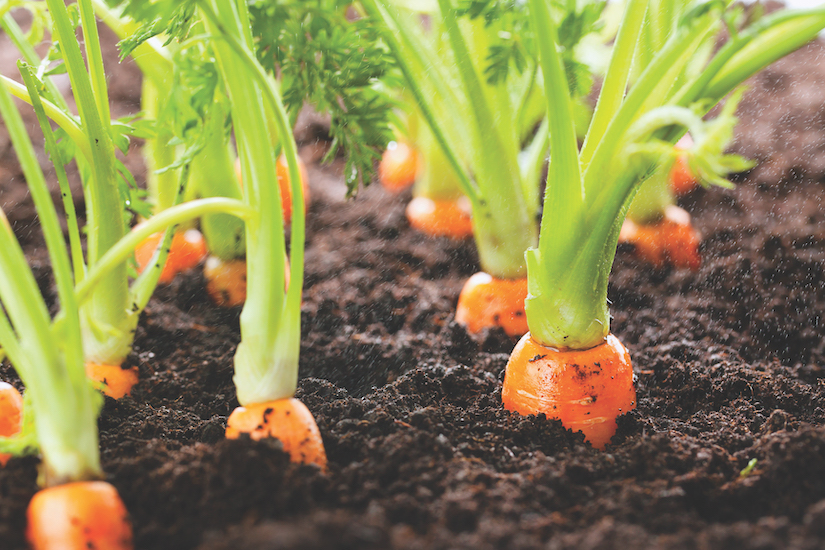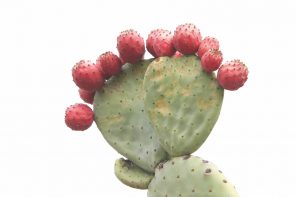It was agricultural scientist George Washington Carver who came up with the idea of a victory garden — growing fruits and vegetables to sustain and buoy the home front, an idea that took off in World Wars I and II.
Today the idea of a victory garden — or a cooperative garden for those who find the term “victory garden” too militaristic — is catching on again as Americans worry about food insecurity in the age of the coronavirus.
But how do you turn farm to table into backyard to table? For answers, we turned to Luis Colchado, owner of Colchado Landscaping LLC, with more than 20 years experience in Fairfield and Westchester counties, and a subcontractor with Sweet Earth Co. in Bedford. (Truth in advertising: Luis is also our contractor.)
First, he says, you must place your vegetable bed in a sunny spot near a water source.
“Sun (eight to 10 hours daily) is one of the essential factors for you to create strong, healthy vegetables, free of fungus.”
In addition to a water source for easy daily irrigation, you’ll need a compost box for your organic fertilizer, which you will use once a week. Waste such as vegetable peels can also be used to nourish your crop, he says.
For a family of five, a garden bed of about 1,076 square feet will suffice. Place a 4-foot fence around it to keep out pests, with one gated opening so you can cultivate the plants. Place aromatic plants around the perimeter to deter pests further.
The next step is to create five boxes for your vegetables. Each should be 30 feet long by 4 feet wide by 1 and ½ feet deep.
“We usually make the boxes with pressure-treated wood to keep the garden safe, because if you were to use untreated wood, they would not last.”
Put gravel in the bottom of each box, followed by a black landscaping liner to drain excess water. Then fill each box with a mixture of black topsoil, peat moss and compost. Now you’re ready. May is a good time to plant your summer yield. Plant rows of seeds, allowing for a little space between each plant and noting what you’ve planted in each box. You can plant different vegetables in one box, Colchado says, but you must note what’s in each box so the next season you can practice crop rotation to ensure strong plants. Among the vegetables that do well in our area are summer squash or zucchini, beans, tomatoes, peppers, eggplants and cucumbers. (Once you’ve harvested these in summer, you can plant your winter root vegetables.)
Alternate rows of vegetable plantings with aromatic herbs to keep insects away from your vegetables — basil with tomatoes, for instance — although you’ll want to watch for insects to protect your herbs as well.
Be patient. Gardening is a long, unpredictable, labor-intensive process. But ultimately, the rewards can be great, particularly at a moment when we’re being asked to contribute.
For more, call 914-424-9620, 203-715-8484 or visit colchadolandscaping.com.





